Denim Journey: From Miner’s Workwear to an American Icon
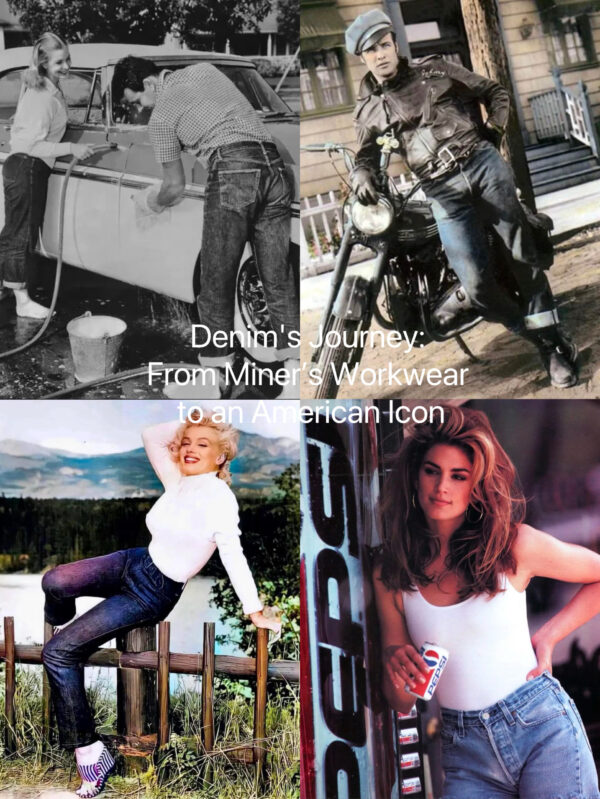
Estimated reading time: ~5 minutes
The Timeless Appeal of Blue Jeans
Blue jeans are more than just clothing; they are a symbol of American culture, embodying durability, individuality, and timeless style. From their origins as rugged workwear to their status as a global fashion icon, blue jeans have shaped trends and transcended generations. This article explores the rich history of blue jeans, their cultural significance, and why they remain a wardrobe essential.
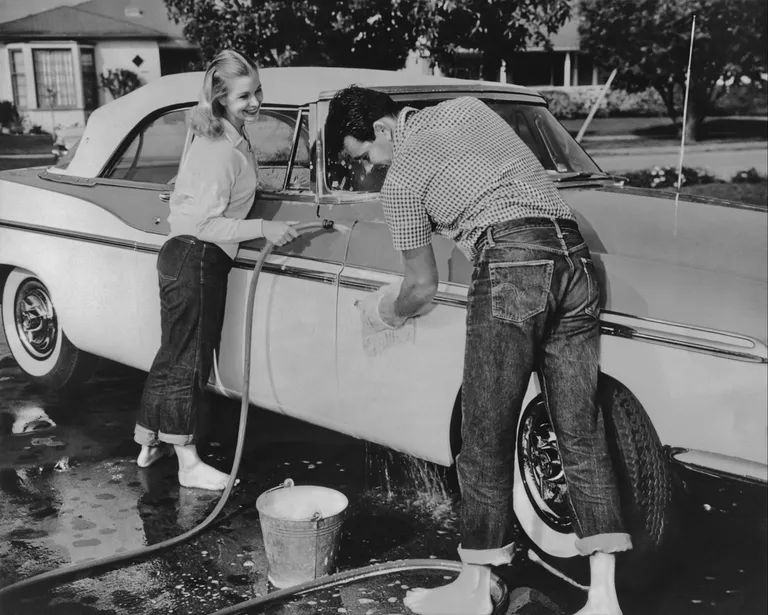
The Origin of Denim
The story of blue jeans begins with denim, a sturdy fabric with roots in France. Originally called “Serge de Nîmes,” meaning “twill from Nîmes,” the term “denim” derives from “de Nîmes.” By the 19th century, denim gained popularity in the United States for its durability and affordability. Miners, farmers, and ranchers relied on this fabric for its ability to withstand tough conditions. The iconic blue color of denim, achieved with indigo dye imported from India, added to its universal appeal and practicality.
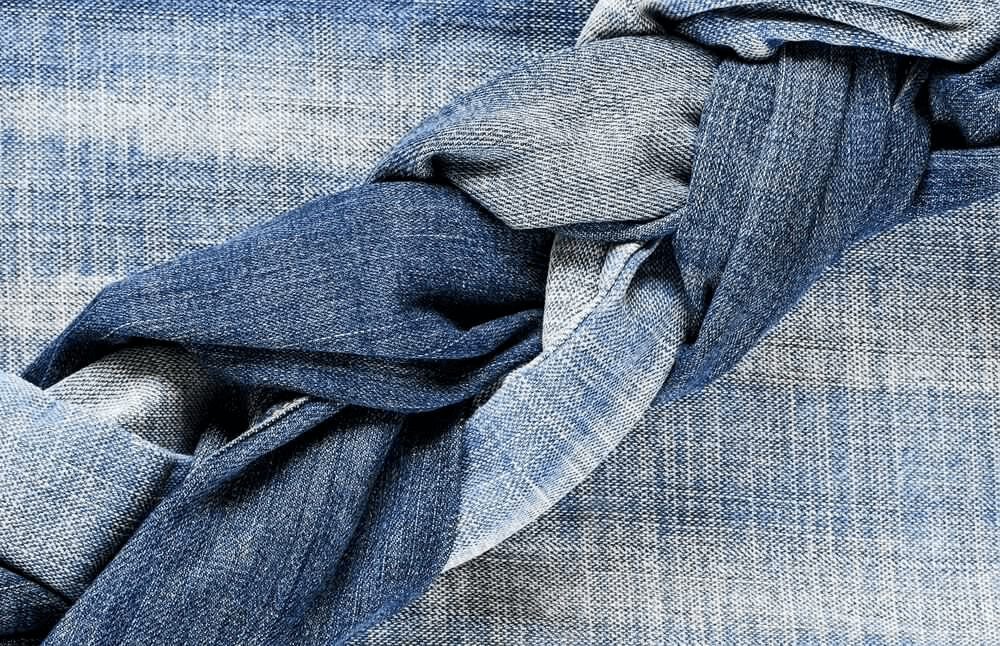
The Birth of Blue Jeans
On May 20, 1873, blue jeans were officially born. Tailor Jacob Davis teamed up with businessman Levi Strauss to patent a revolutionary design: pants reinforced with rivets for extra durability. Known initially as “waist overalls,” these early blue jeans featured a watch pocket, back pockets, suspender buttons, and rivets, catering to the needs of laborers. This practical innovation laid the foundation for the modern blue jeans we know today.
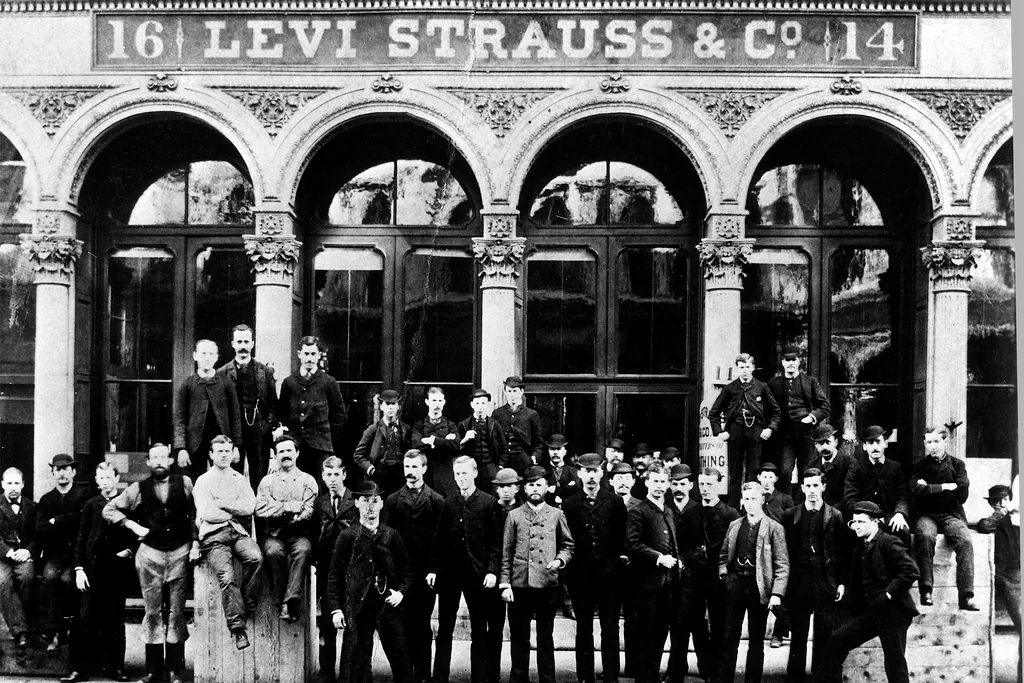
Levi
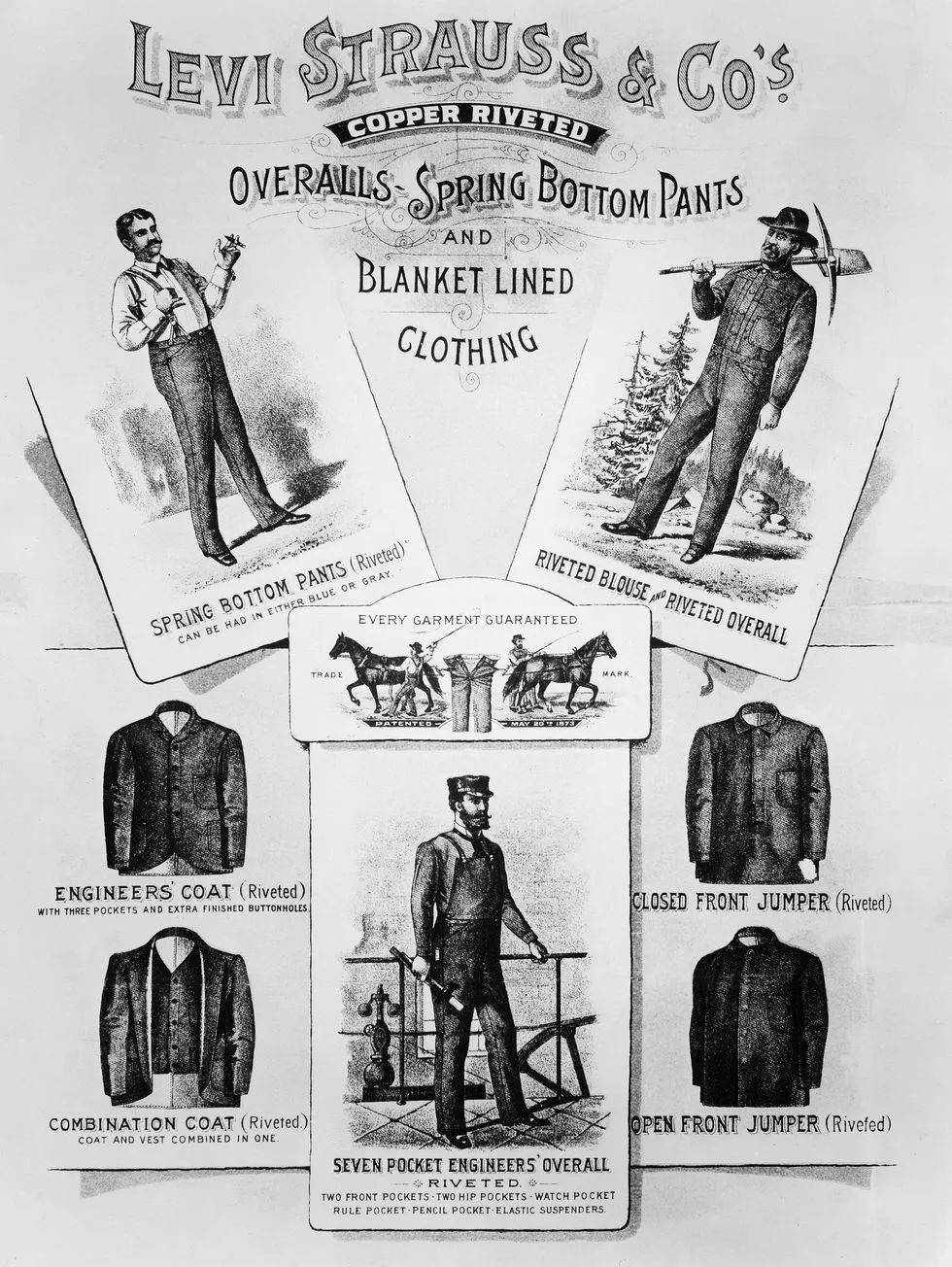
From Workwear to Fashion Symbol
Blue jeans evolved dramatically over the decades, reflecting America’s cultural and social shifts:
-
1920s-1930s: Blue jeans became synonymous with rugged workwear for miners, farmers, and ranchers. Hollywood films romanticized denim through stars like John Wayne and Gary Cooper, transforming blue jeans into desirable fashion items for men.
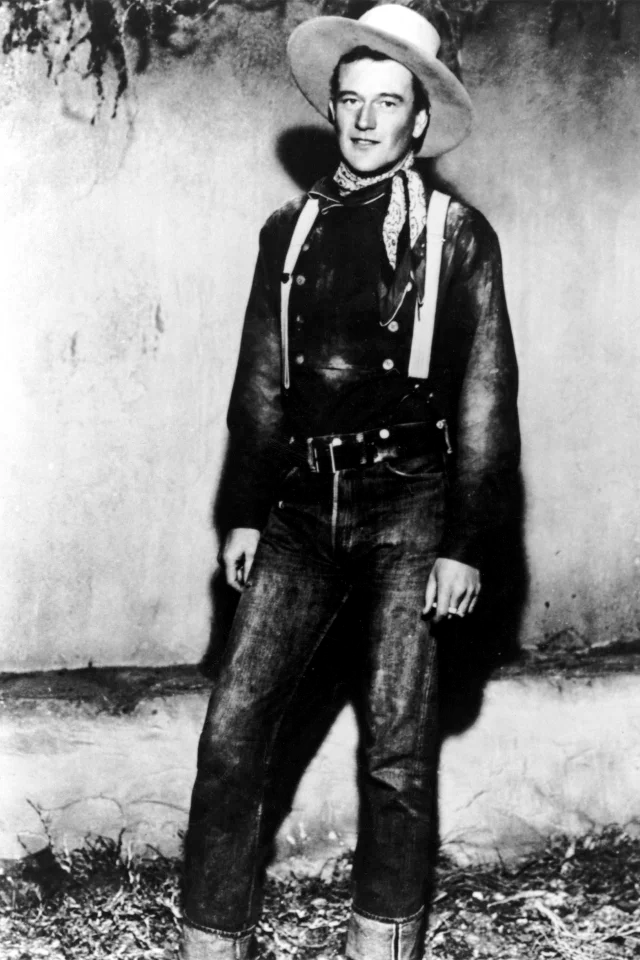
-
1950s: Blue jeans became a symbol of rebellion, popularized by icons like James Dean and Marlon Brando. Their rugged charm resonated with teenagers seeking to challenge societal norms.
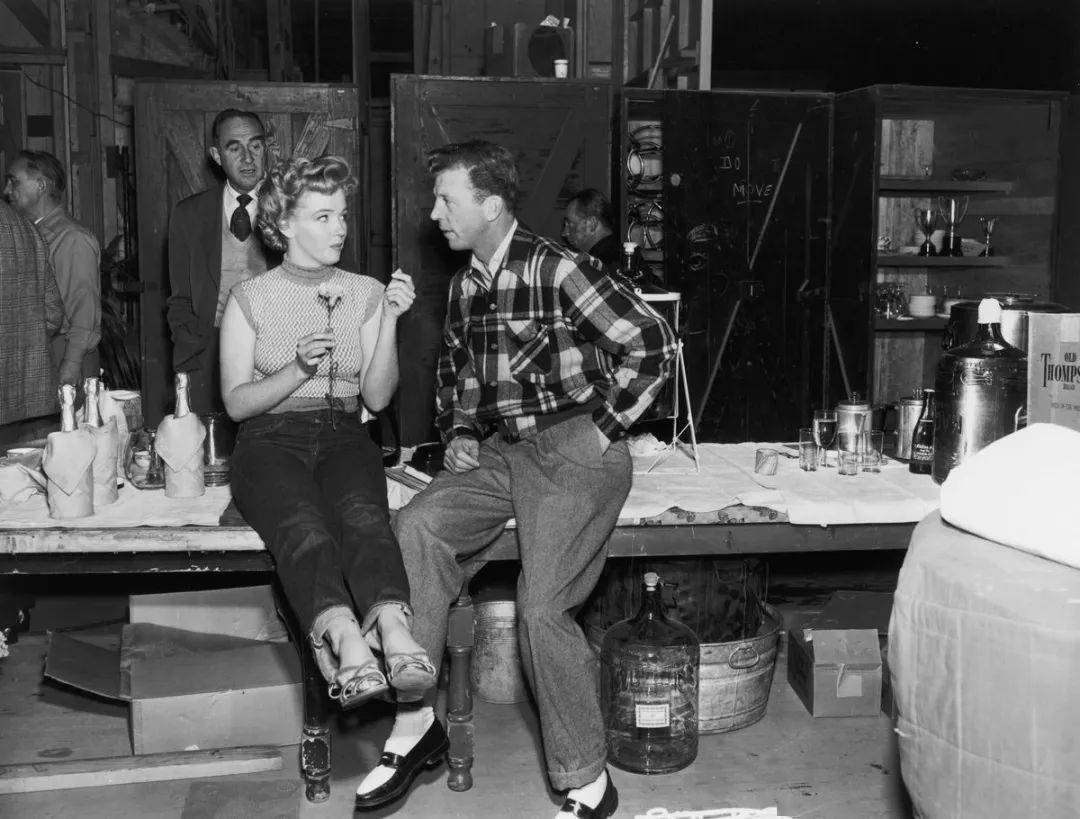
(Marilyn Monroe)

(Gary Cooper)
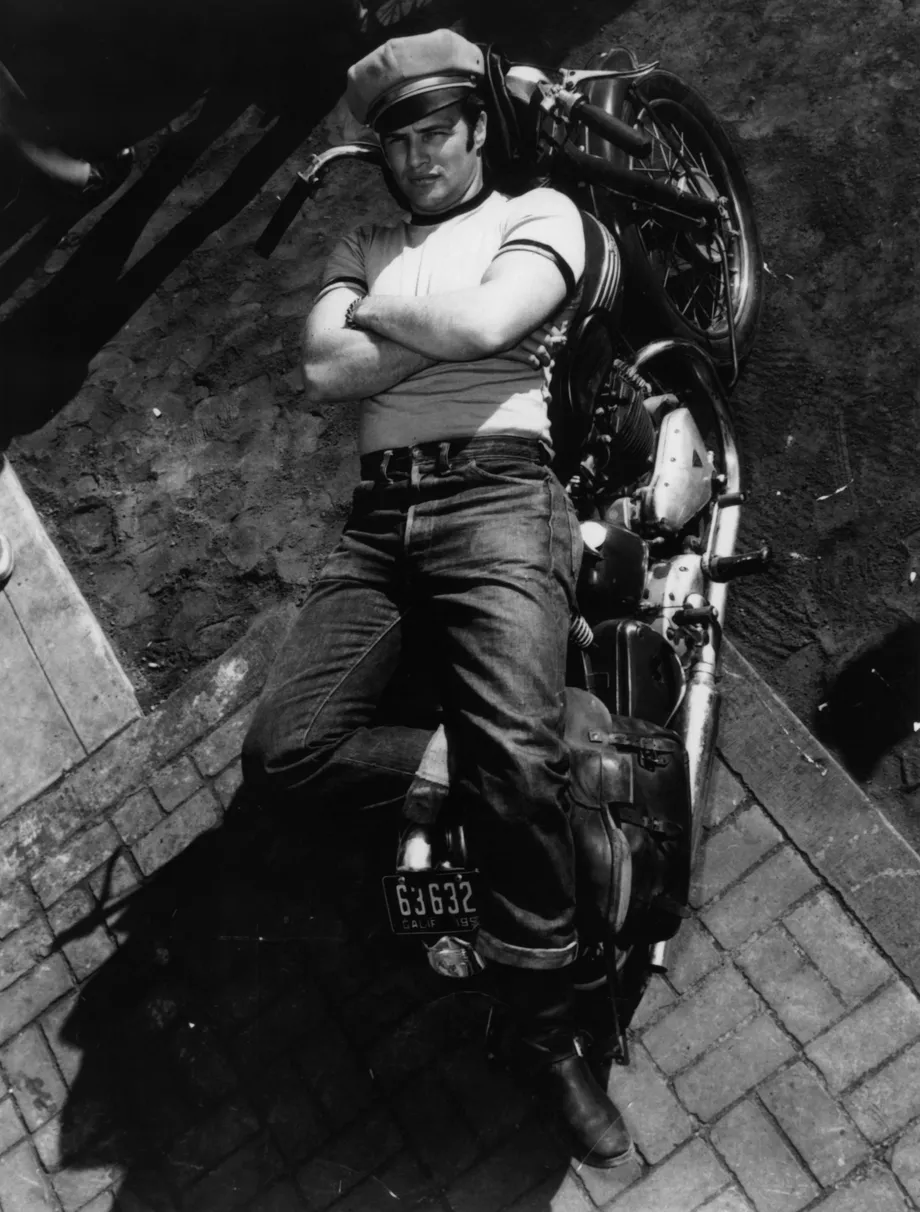
(Marlon Brando)
-
1960s: The hippie movement embraced blue jeans as a symbol of freedom and counterculture. Embroidery, patches, and bell-bottom styles allowed for creative self-expression.
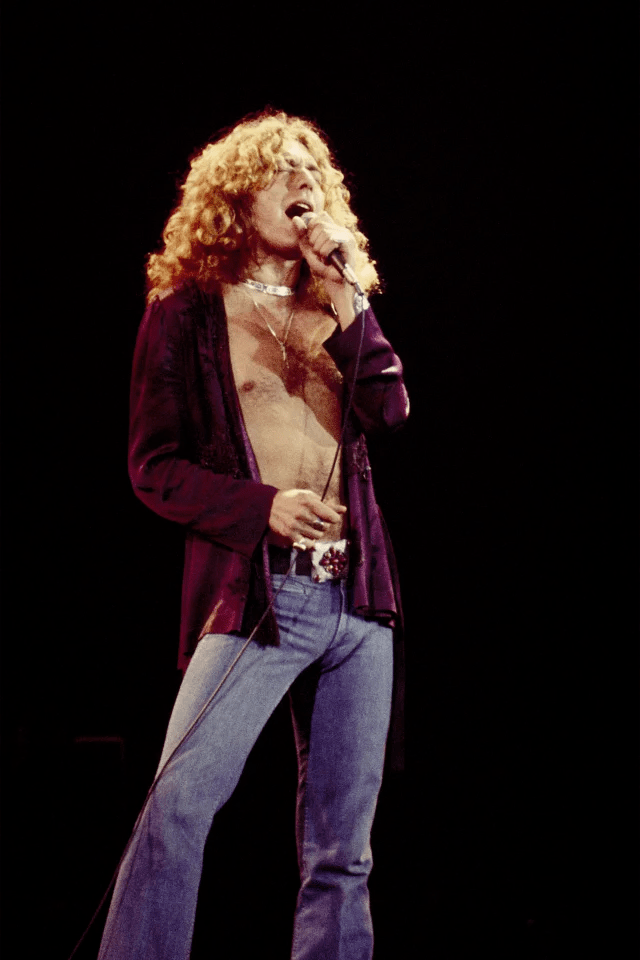
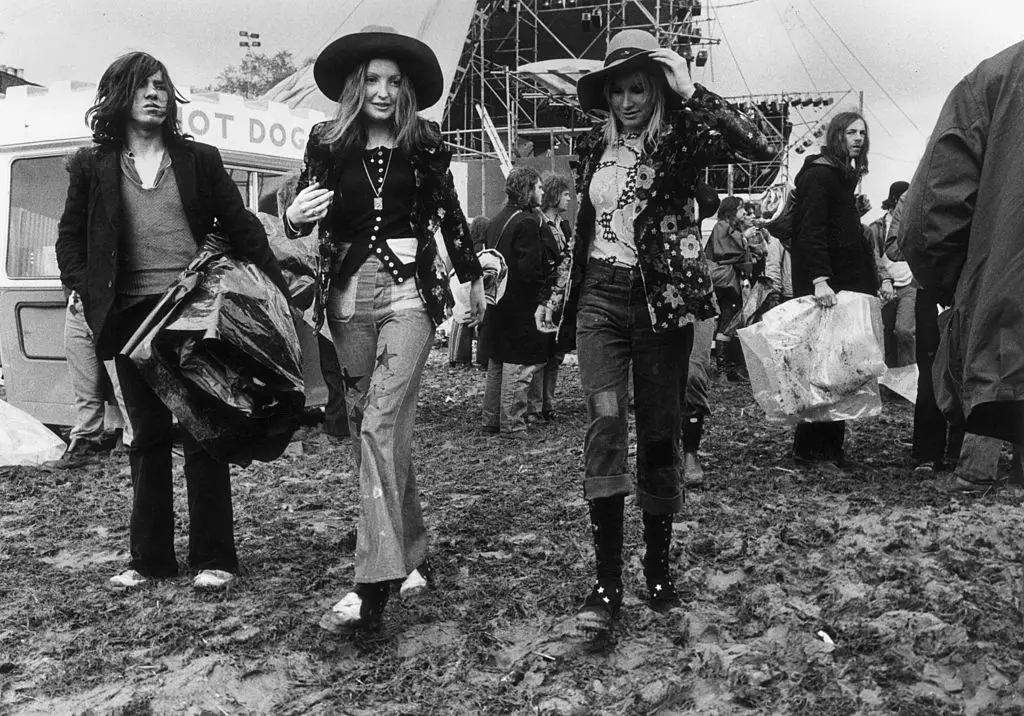
- 1980s: Designer jeans became a status symbol, with brands like Calvin Klein and Jordache elevating denim into mainstream fashion and even casual office settings.

(Calvin Klein Show in 1976)

(Cindy Crawford)
Contemporary Denim Culture
Today, blue jeans are a global fashion staple, celebrated for their versatility and individuality. From classic blue to distressed designs with rips, fades, and embroidery, each pair tells a unique story. Blue jeans remain a favorite due to their durability, comfort, and cultural relevance, making them a must-have in wardrobes worldwide.
Customization Services by LYDENIM
🎨 Want custom denim fabrics or unique custom denim garment? LYDENIM specializes in tailor-made solutions to meet your design and production needs.
🛍️ Explore & Get Inspired: Browse our fabric selections and discover design ideas on LYDenim.
🌐 Elastic Clothing: Check out our offerings on MyAlibaba. 📩 Contact Us: Reach out at malone@lydenim.com.
Create your denim masterpiece with LYDENIM—your trusted partner for stretch fabric and custom denim solutions.
Why Blue Jeans Endure
The enduring appeal of blue jeans lies in their ability to adapt to changing times while retaining their core qualities: durability, style, and cultural significance. Whether worn by miners in the 19th century or fashion enthusiasts today, blue jeans continue to define American style with their democratic approach to fashion.
